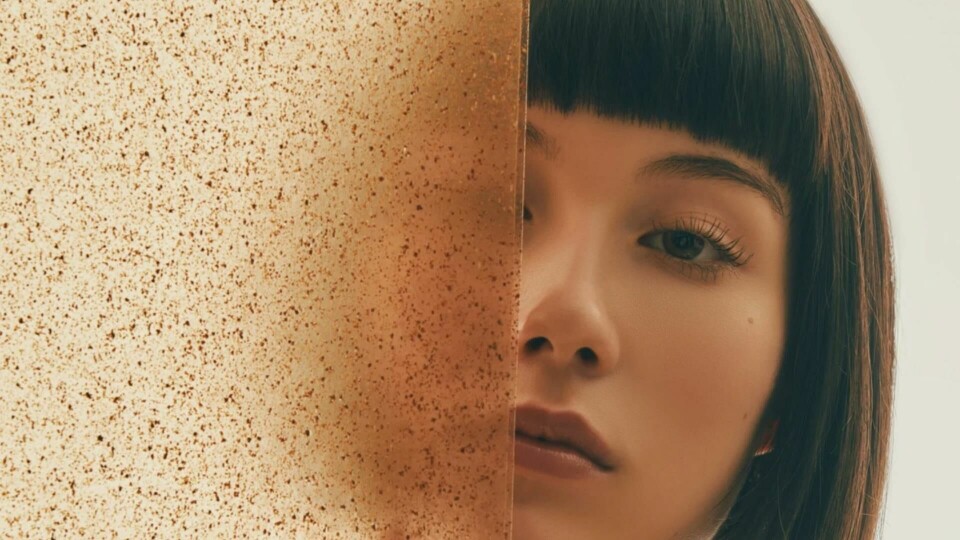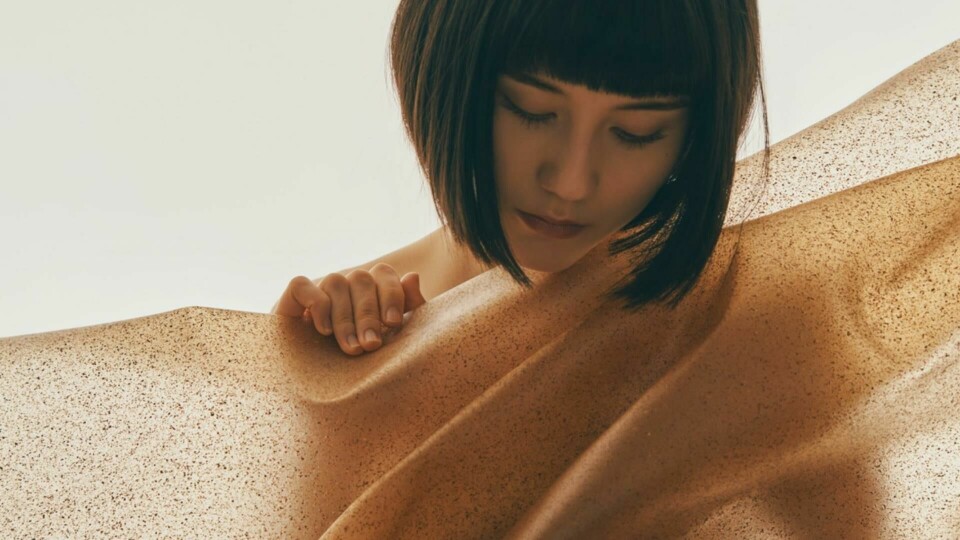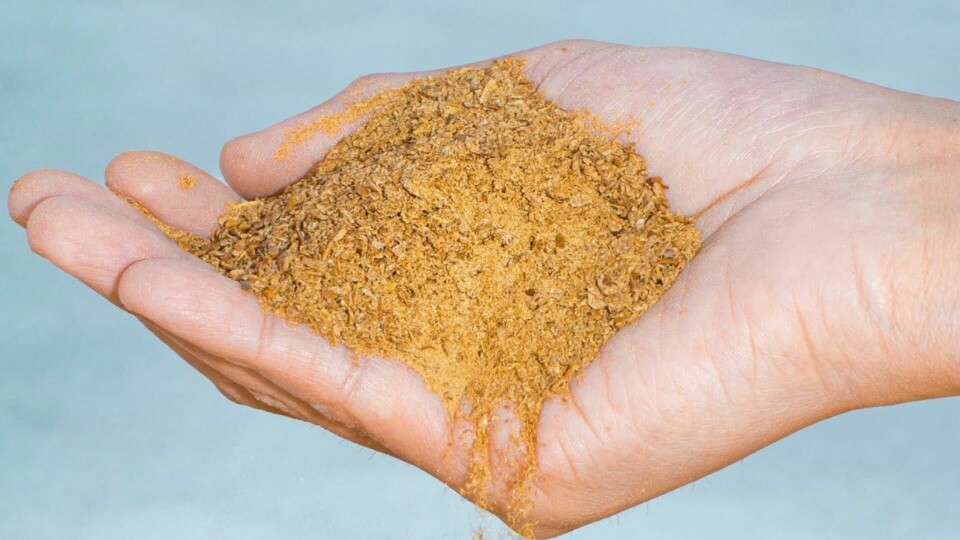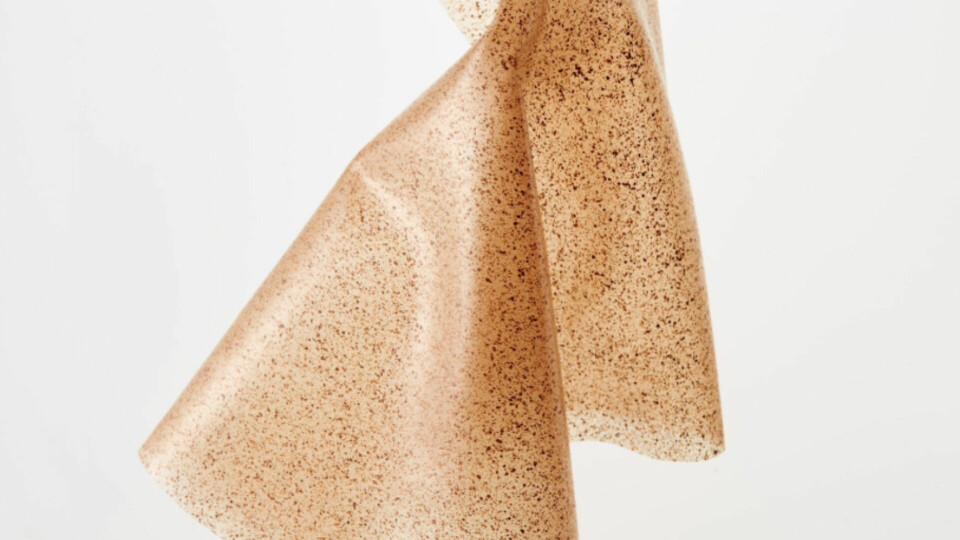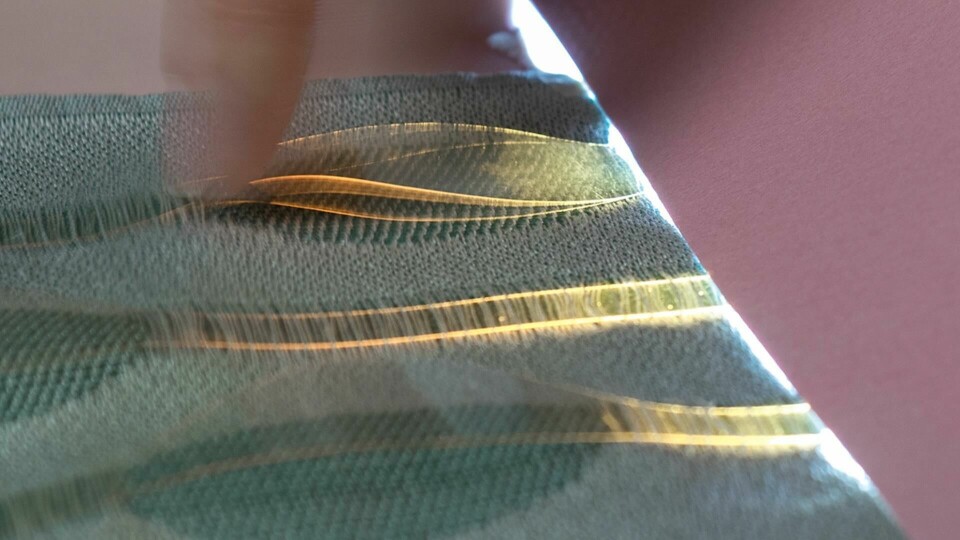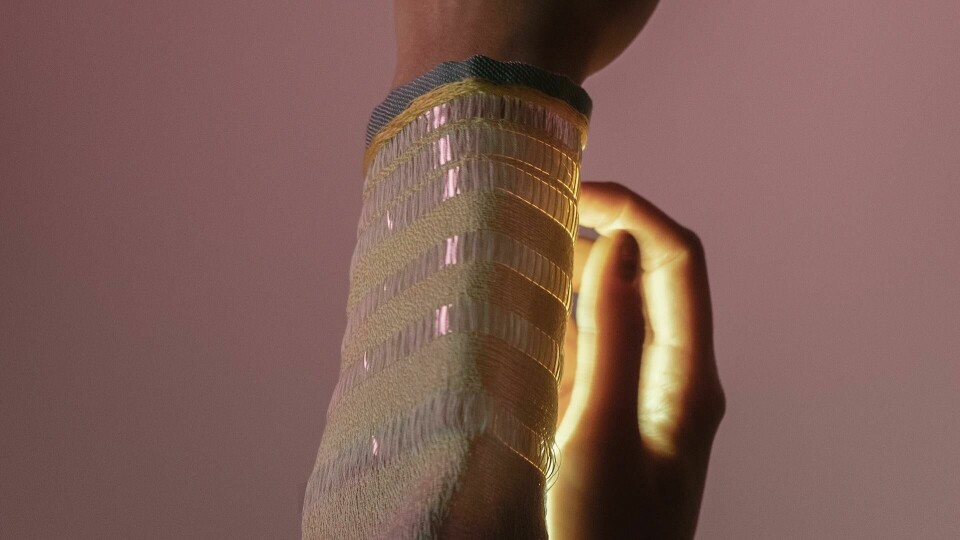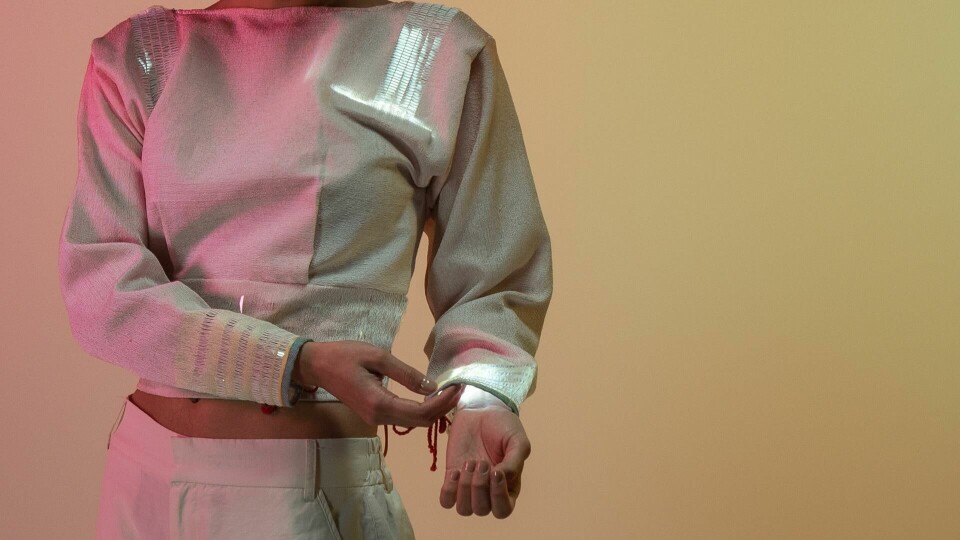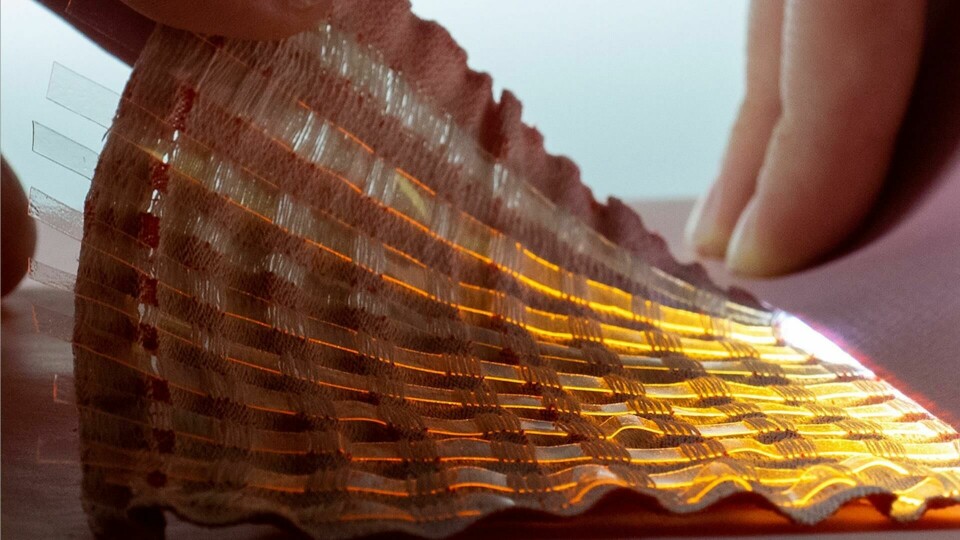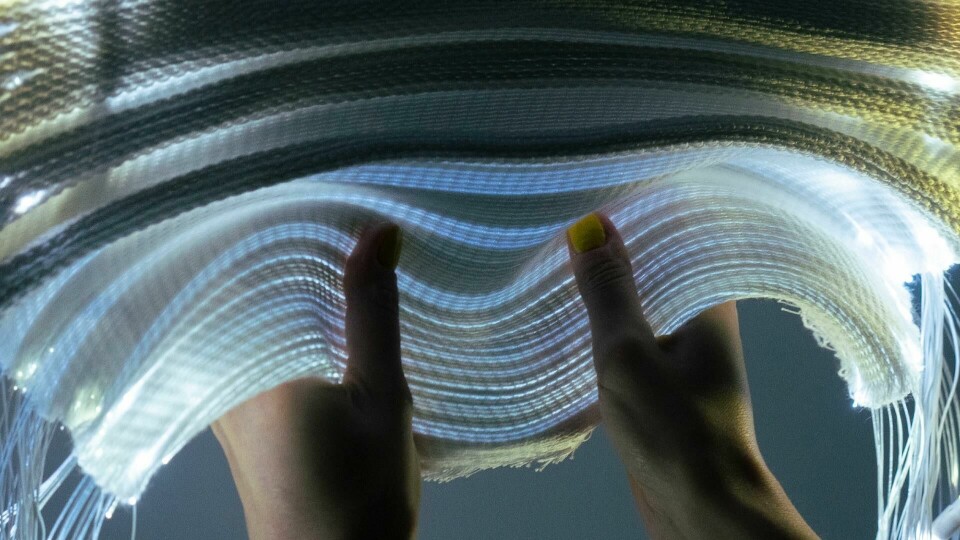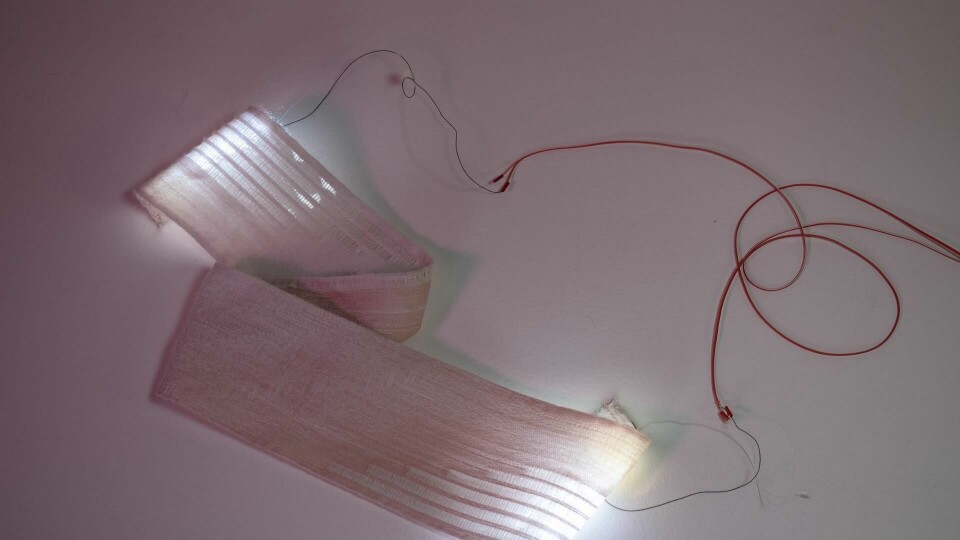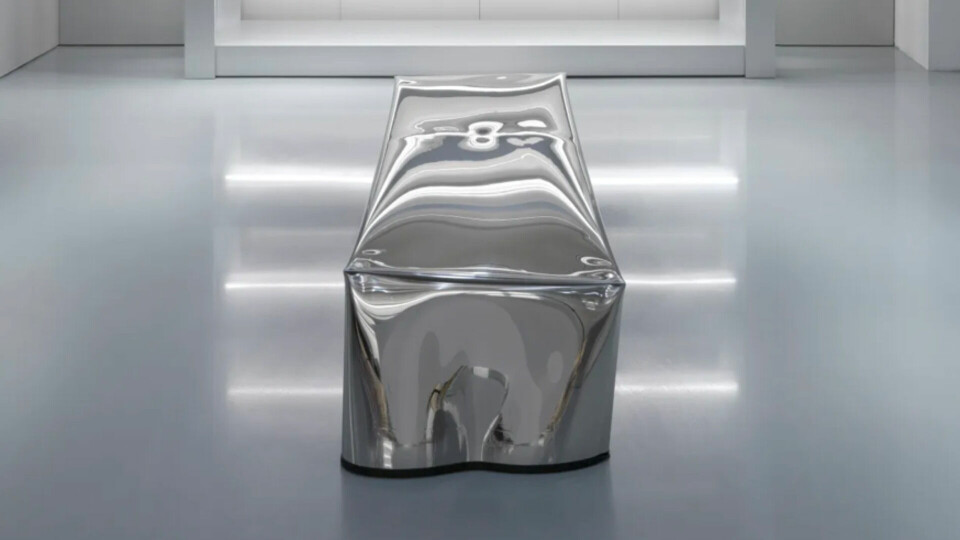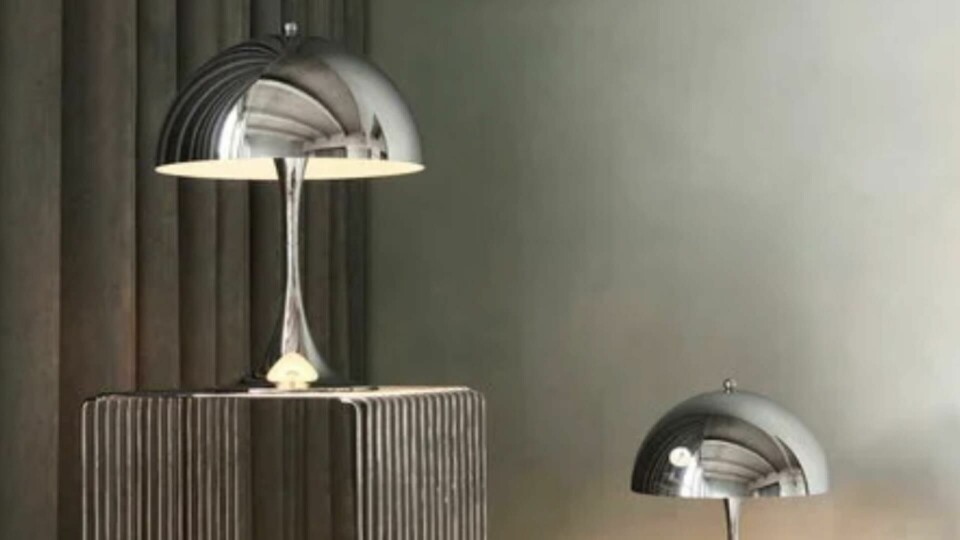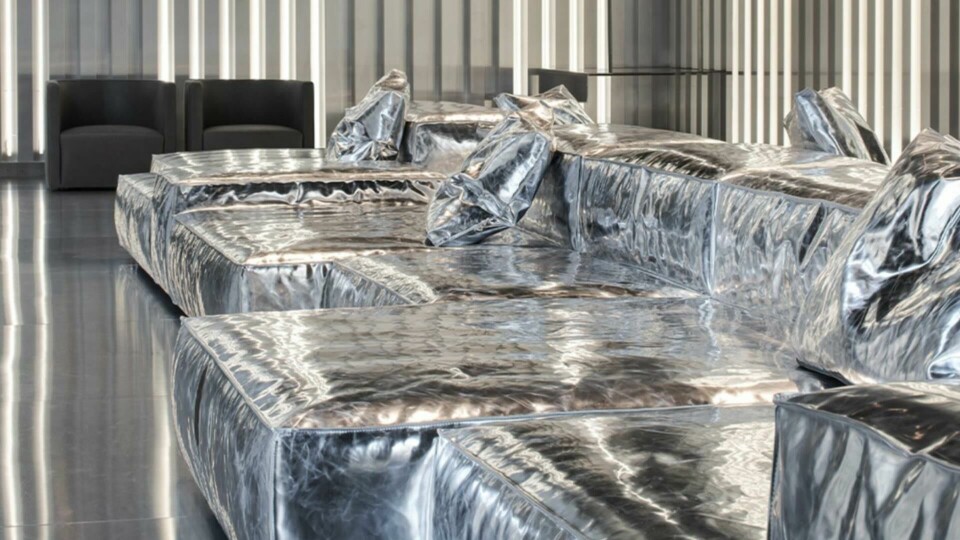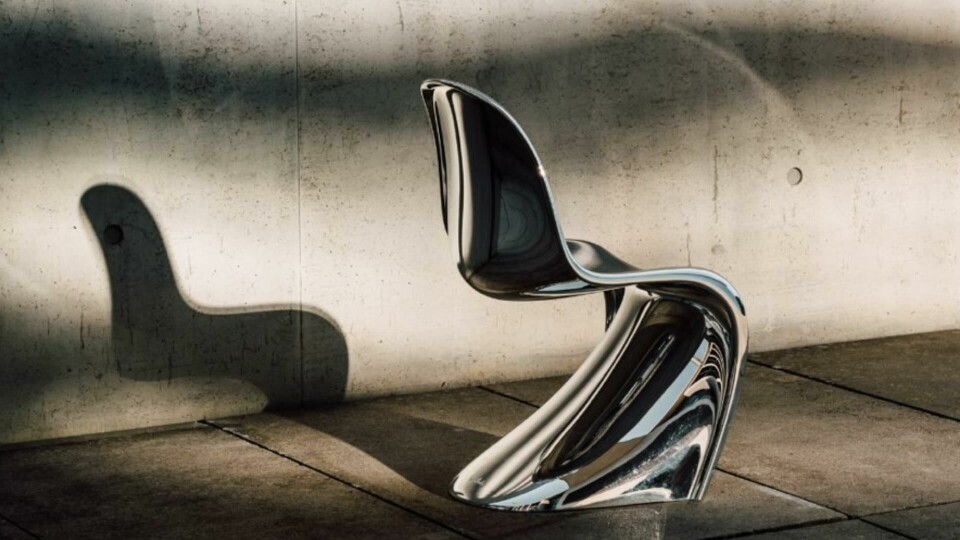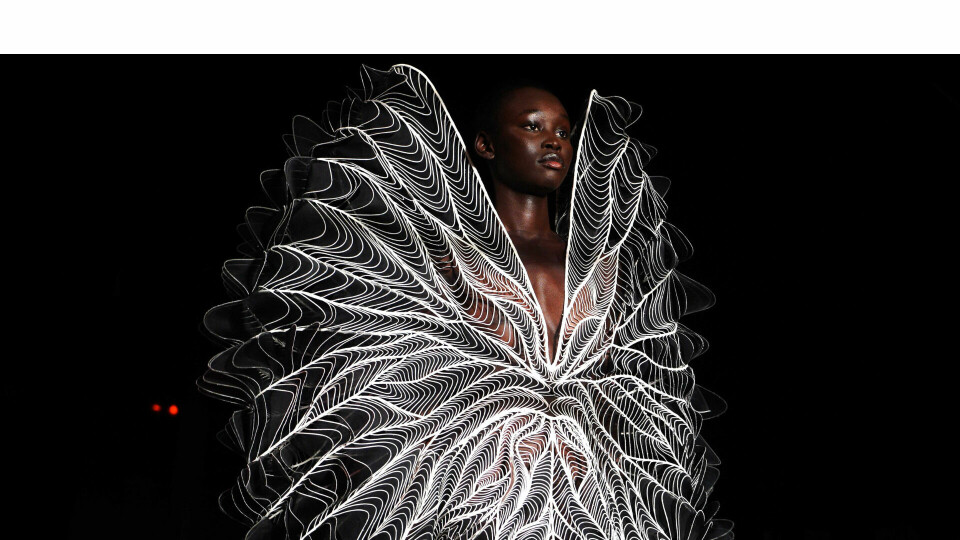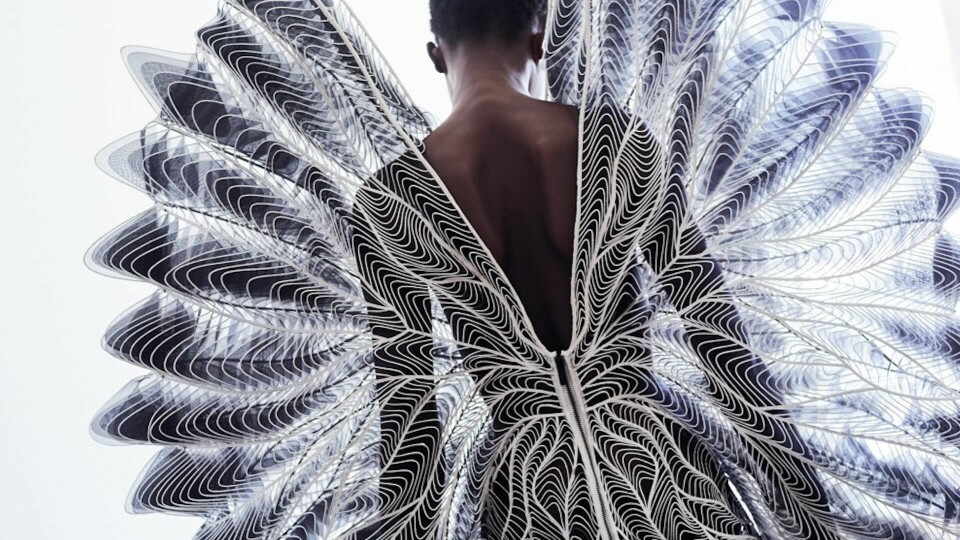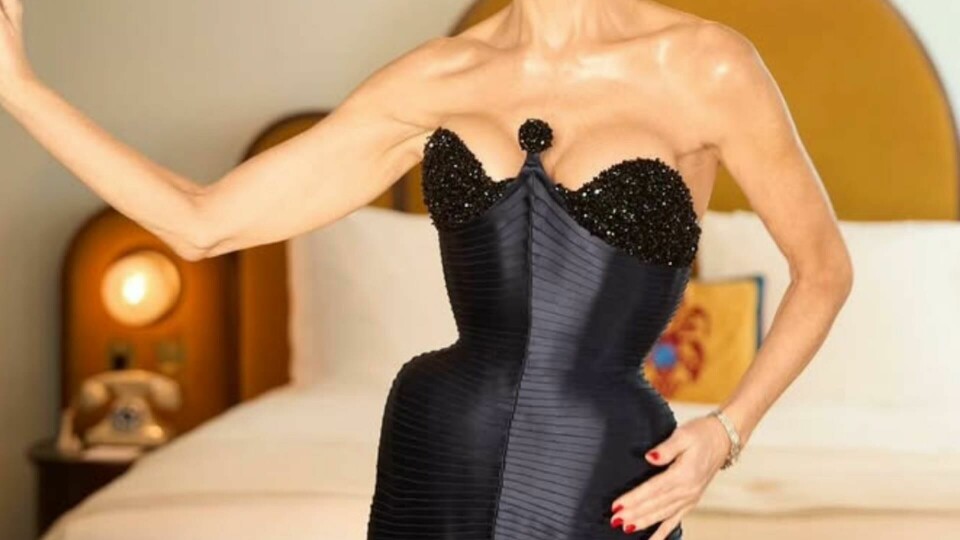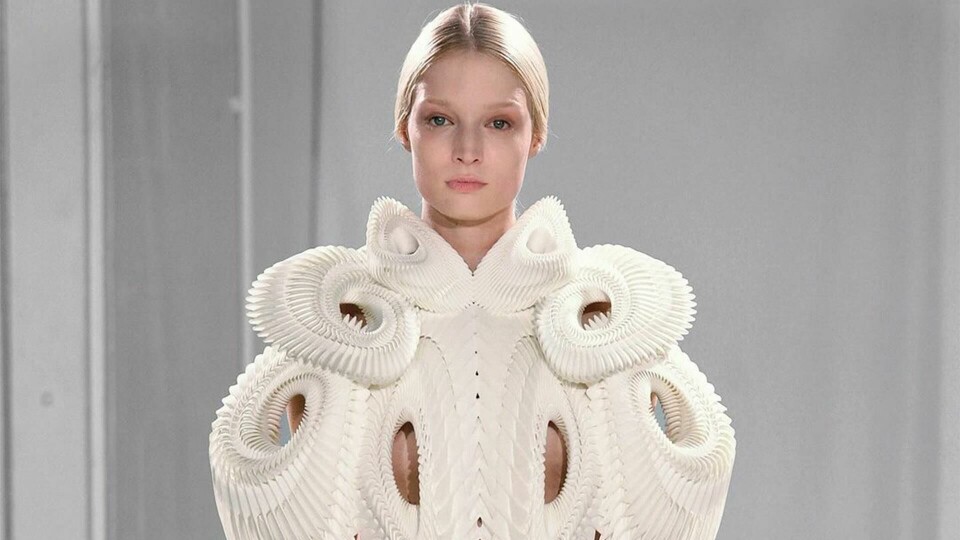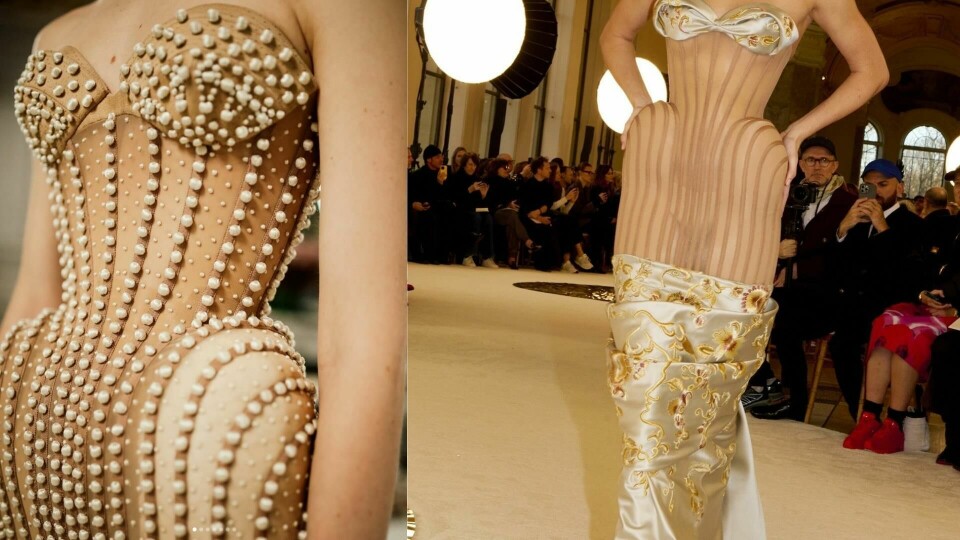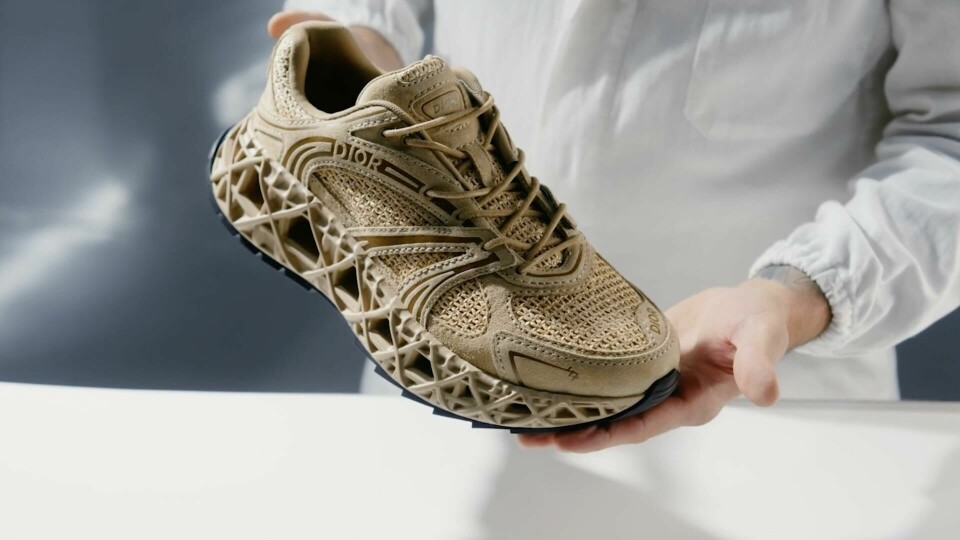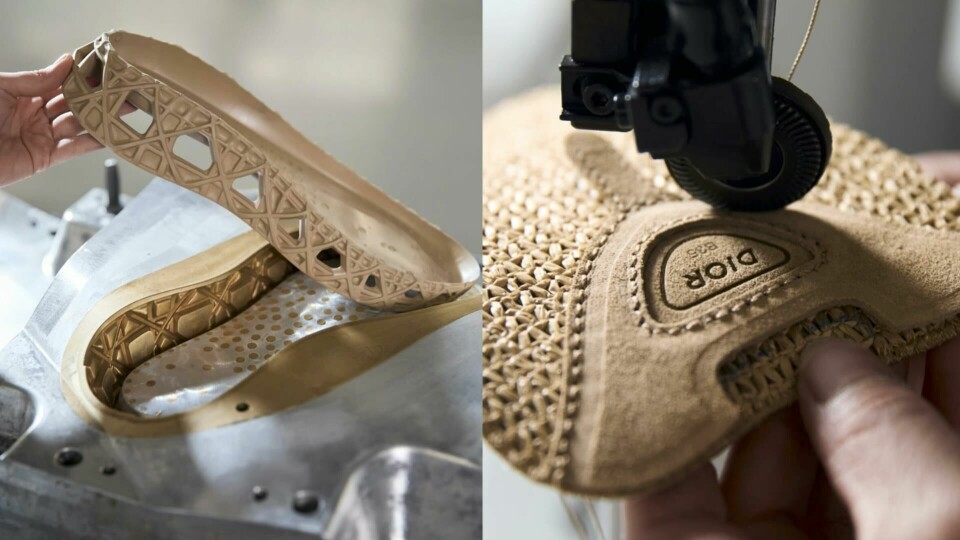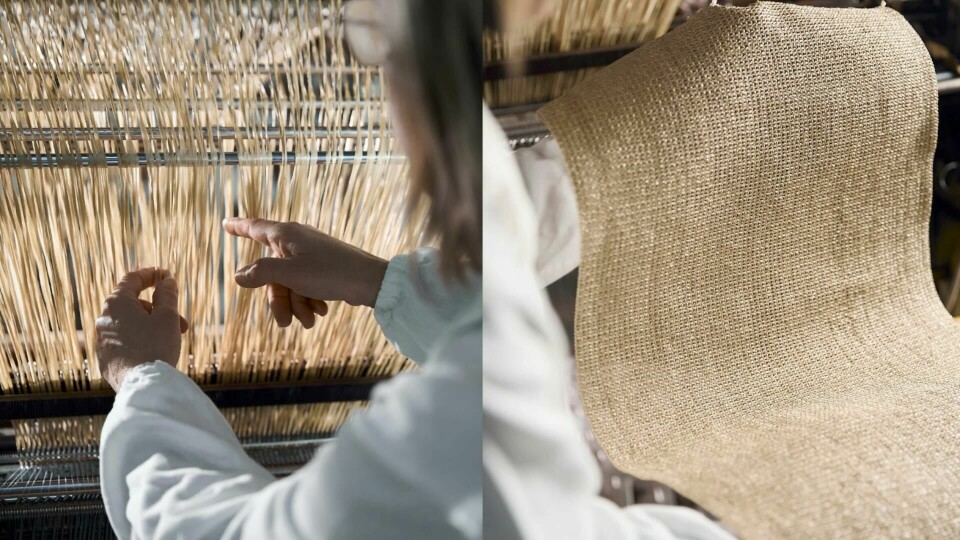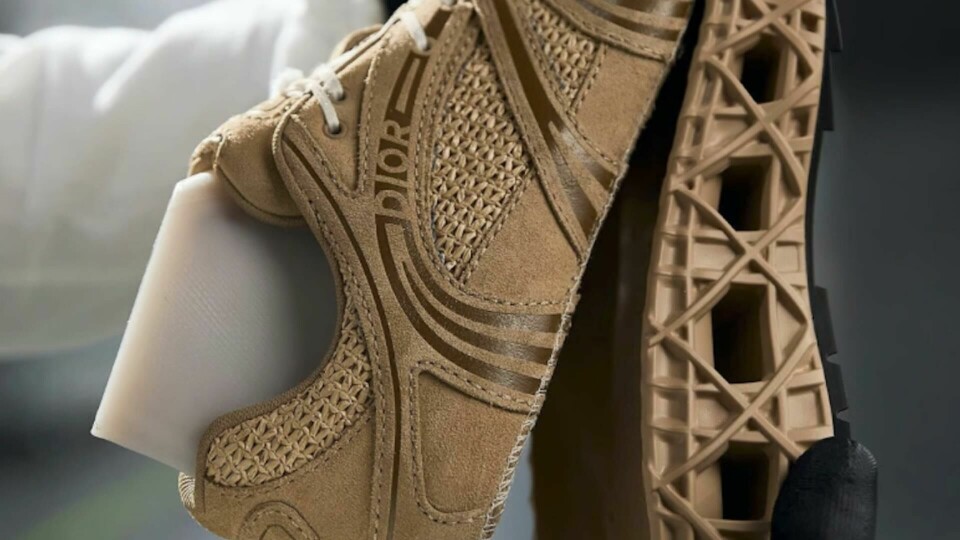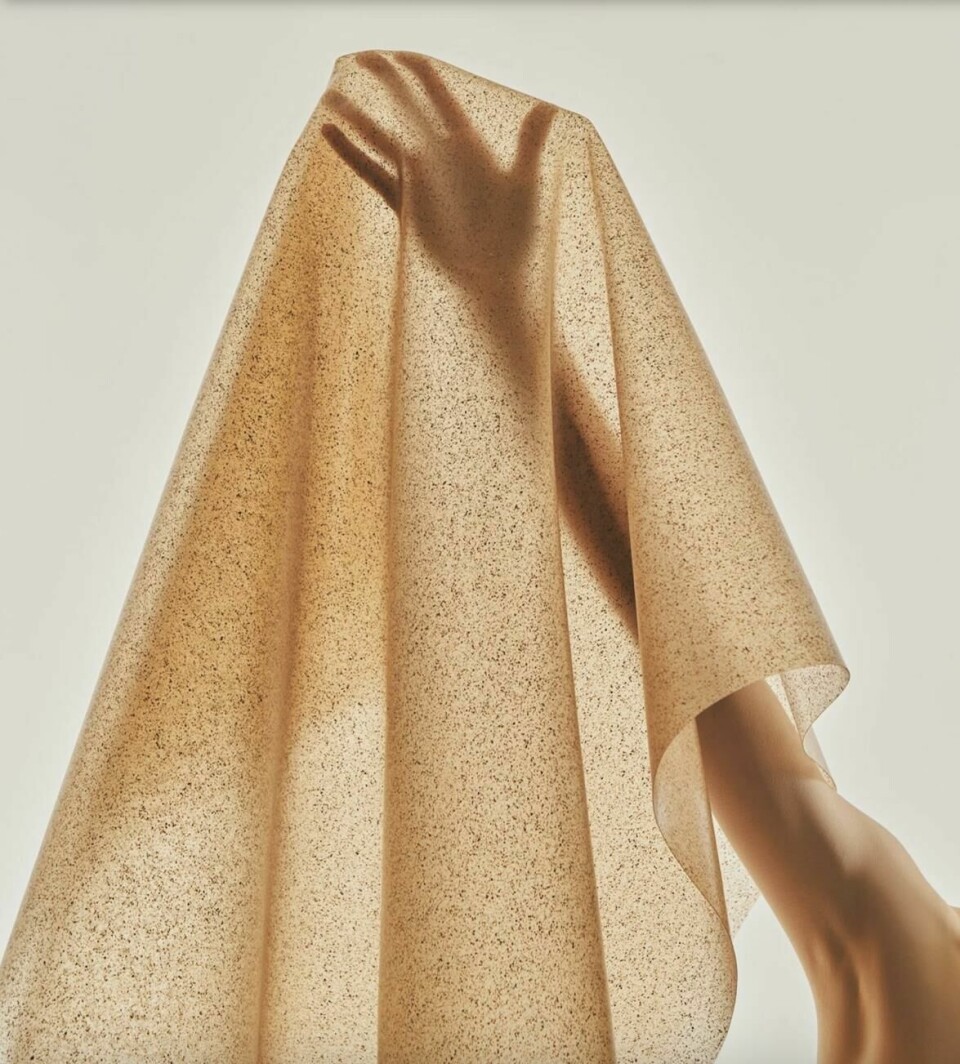
Five new material trends: from apple pomace to optical fibre
CMF experts CnT Factory provides a valuable insight into five of the latest material trends
Waterproof bio-textile created from apple pomace
The Sozai Centre, located in the Aomori Prefecture, has created the waterproof bio-textile Adam Sheet from apple waste. This organic, translucent and washable fabric was made due to the significant amount of organic waste produced from apples in the Prefecture.
Adam Sheet (the name of the material, not a person!) makes full use of the fruit: a tiny amount of bioplastic is mixed with the finely powdered flesh, skin, seeds and stem to bond the sheet. Sozai Center has so far shown that Adam Sheet can be used to produce tiny textile bags. The business is investigating how this innovative material might be used in interior design, furniture and fashion.
Adam Sheet was created as a result of a collaboration between Komoru Corporation and M&T.
Smart optical fibre textiles
The subject of smart textiles and wearable technology is expanding as a result of the development of novel textile structures that can interact with their surroundings.
The widespread incorporation of functional elements like microcontrollers and conductive yarns will pose new difficulties for waste management. The potential of synthesised cellulose as a light-transmitting material for the development of bio-based smart textiles is studied by Sofía Guridi.
The resultant light actuators and textile sensors were subjected to quantitative analysis to gather information about their behaviour, and qualitative data was obtained through the use of subjective assessment techniques.
Statement chrome
Though they have been used in interior design for many years, chrome accents are making a real comeback. Their appeal is a result of their distinctive fusion of sophistication, modernism and classic design.
Because of its mirror-like sheen, causing light to reflect and bounce off it, chrome interior pieces give rooms a unique brightness that makes them appear larger and more airy.
With its sleek, industrial vibe, chrome also adds a contemporary touch to minimalist designs and an impression of lightness and space.
The future of fashion
Fashion is embracing a new era of sculptural silhouettes, redefining body volumes and shape through innovative materials and avant-garde techniques.
Daniel Roseberry’s latest Schiaparelli collection pushes boundaries with exaggerated, architectural forms, crafted from moulded leather, gilded metals, and 3D embroidery, creating surreal, body-altering shapes.
Similarly, Iris Van Herpen’s Syntopia dress fuses traditional couture with 3D printing and laser-cut fabrics, producing fluid, futuristic structures that blur the lines between fashion and technology.
This trend reflects a fusion of handcrafted artistry and cutting-edge fabrication, sculpting garments that transform the human form into living works of art.
Craft meets innovation
The Dior B35 NXXT trainers merge luxury craftsmanship with cutting-edge innovation, redefining trainer design.
The upper is crafted from handwoven raffia, offering a lightweight, breathable texture, while 3D-printed elements seamlessly integrate to provide structural support and durability.
This fusion of traditional weaving techniques and futuristic manufacturing results in a striking contrast between organic softness and precision engineering.
The trainer’s design reflects Dior’s commitment to material exploration, combining artisanal expertise with advanced technology. By blending natural fibres with high-tech production, the B35 NXXT embodies a new era of sustainable, forward-thinking luxury footwear.

